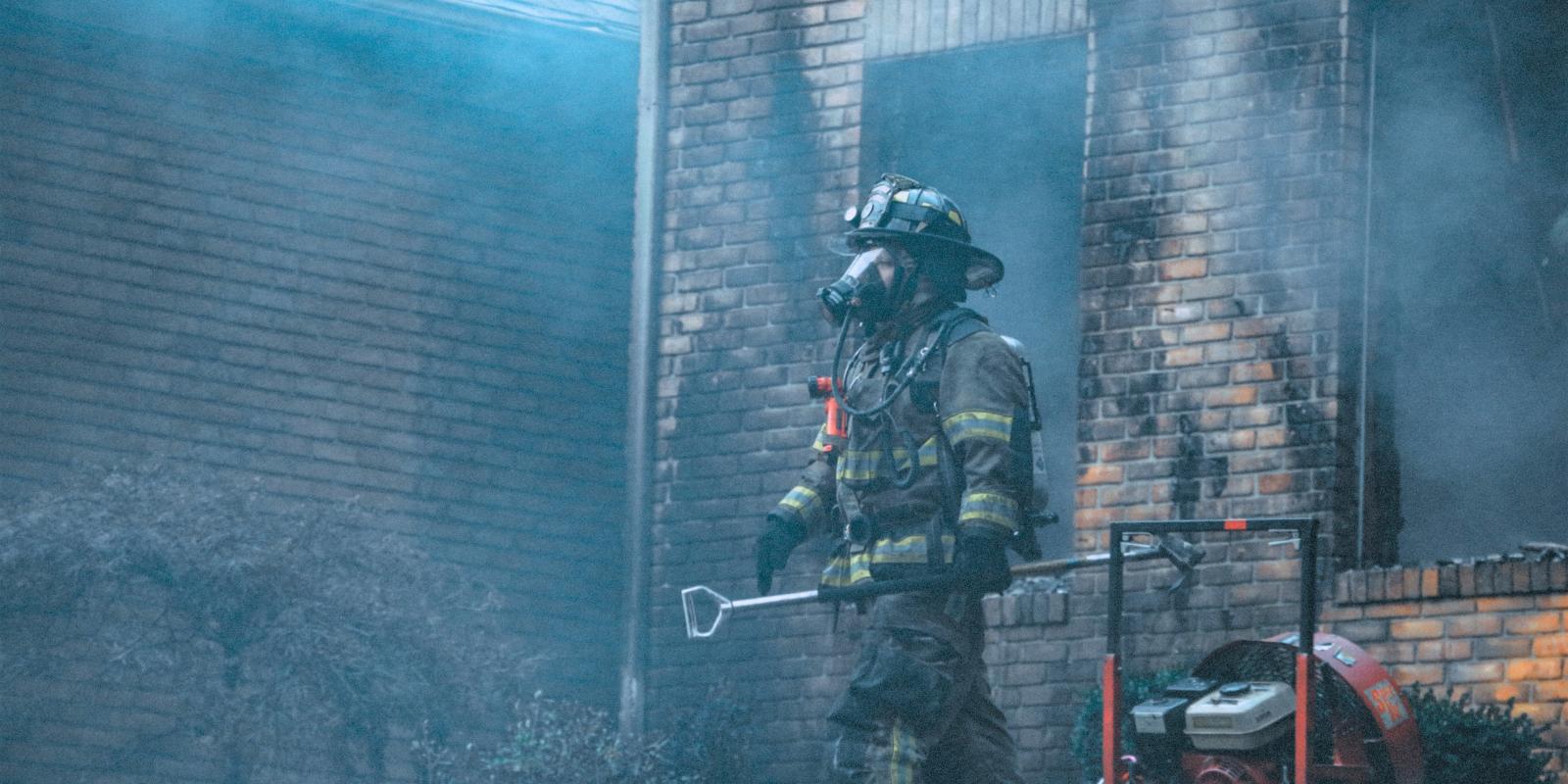Heroes emerge when they are needed. Firefighters and other first responders are the first to respond to catastrophic events. We rely upon them to run into burning buildings and rescue our family, and our friends. To ensure that they can do this job we make sure they are well trained, and that they are well protected from the fires they are fighting. But are the protections they have sufficient in the long run?
When I was younger, I certainly did not stop to wonder how I would age after being exposed to one thing or another. No one I knew did.
Over the past two decades, we have been researching the types of exposures that can accelerate aging. The goal of this work is to better understand how the attacks on the World Trade Center on Sept. 11, 2001, impacted the heroes who responded.
Training Might Not Be Enough to Protect from PTSD
What we have learned from our studies is critical to understanding lifelong risk emerging from early life. Many first responders who worked at the World Trade Center sites were in the prime of their life when 9/11 happened, and most were very well trained. Yet, we have learned that training does not fully protect individuals, and many firefighters went on to develop PTSD, a common condition that causes people to experience highly stressful flashbacks or nightmares of traumatic events.
When reliving these memories, their bodies respond as though they are under a lot of stress. When people repeatedly experience traumatic memories, they have this stress response regularly, with one outcome being more rapid aging of the body’s systems. For example, responders with PTSD appear to experience declining cognitive and physical functioning, along with increased presence of changes in cellular signaling, immune system functioning, and brain structure all consistent with early aging.
Toxins Crossing Blood-Brain Barrier Cause Rapid Aging
Another finding from our studies is that responders breathed in toxic materials that appear to have caused more rapid aging. These materials seem to be capable of infiltrating the brain, possibly through the olfactory system.
It is difficult to pinpoint which materials, exactly, might be the critical cause for two reasons. First, during response efforts, most toxic materials are destroyed and burned together, so exposure to which material at which time is difficult to separate.
‘Responders with PTSD appear to experience declining cognitive and physical functioning.’
Second, to infiltrate the brain these materials need to be small enough to pass through the blood-brain barrier and, therefore, small enough to appear invisible. From our studies, we know that these particles might enter the olfactory bulb through the nose or through the lungs and blood. Also due to the size of these particles, exposure and damages from them can go unnoticed for years.
Additionally, dust and fumes may emerge when items burn that are regularly found in office buildings. For example, in the Twin Towers there were computers, air conditioners, lead-based paints or stains, jet fuel, oil and waste products, rat traps and commuter vehicles—any or all of which may have emitted a range of toxic substances including polycyclic aromatic hydrocarbons, dioxins and lead dust, among others.
Firefighters across the country often face similar exposures on the job and are trained to fight fires using the tools they are given. They are used to running into buildings and helping people exit while containing fires. It is possible that when fighting fires, they, too, are exposed to materials that have the potential to cause neurodegenerative disease, as burning homes contain similar materials to offices, such as air conditioners, computers, cars, diesel-burning boilers, and other industrial materials. Protective equipment for firefighters is critical.
Aging-related diseases take a long time, often up to decades to develop from initial exposure to symptoms and impairment. Therefore, while first responders are not always aware of the impact of their exposures, it is obvious that we need to do more now to ensure that we help to protect the health and wellness of those who serve.
Some of that protection is simple—knowing when things are safe and heeding warnings. But some is not easy, including doing our best to ensure that protective equipment is available and well-engineered to help our heroes to serve safely.
Sean Clouston, PhD, is an associate professor in the Department of Family, Population, and Preventive Medicine and Core Faculty in the Program in Public Health at The Renaissance School of Medicine at Stony Brook University in New York.
Photo: Andrew Gaines/Unsplash.













